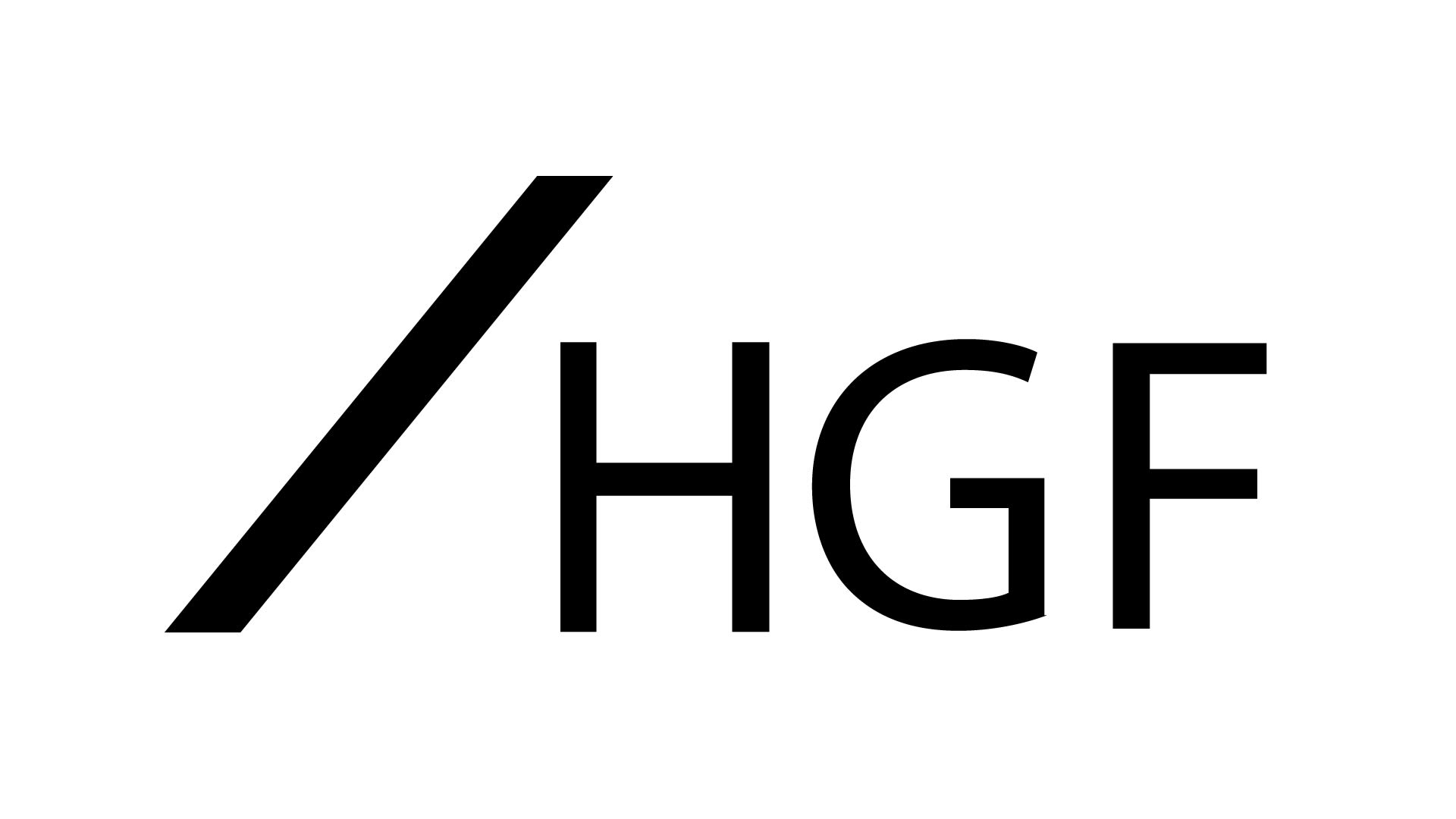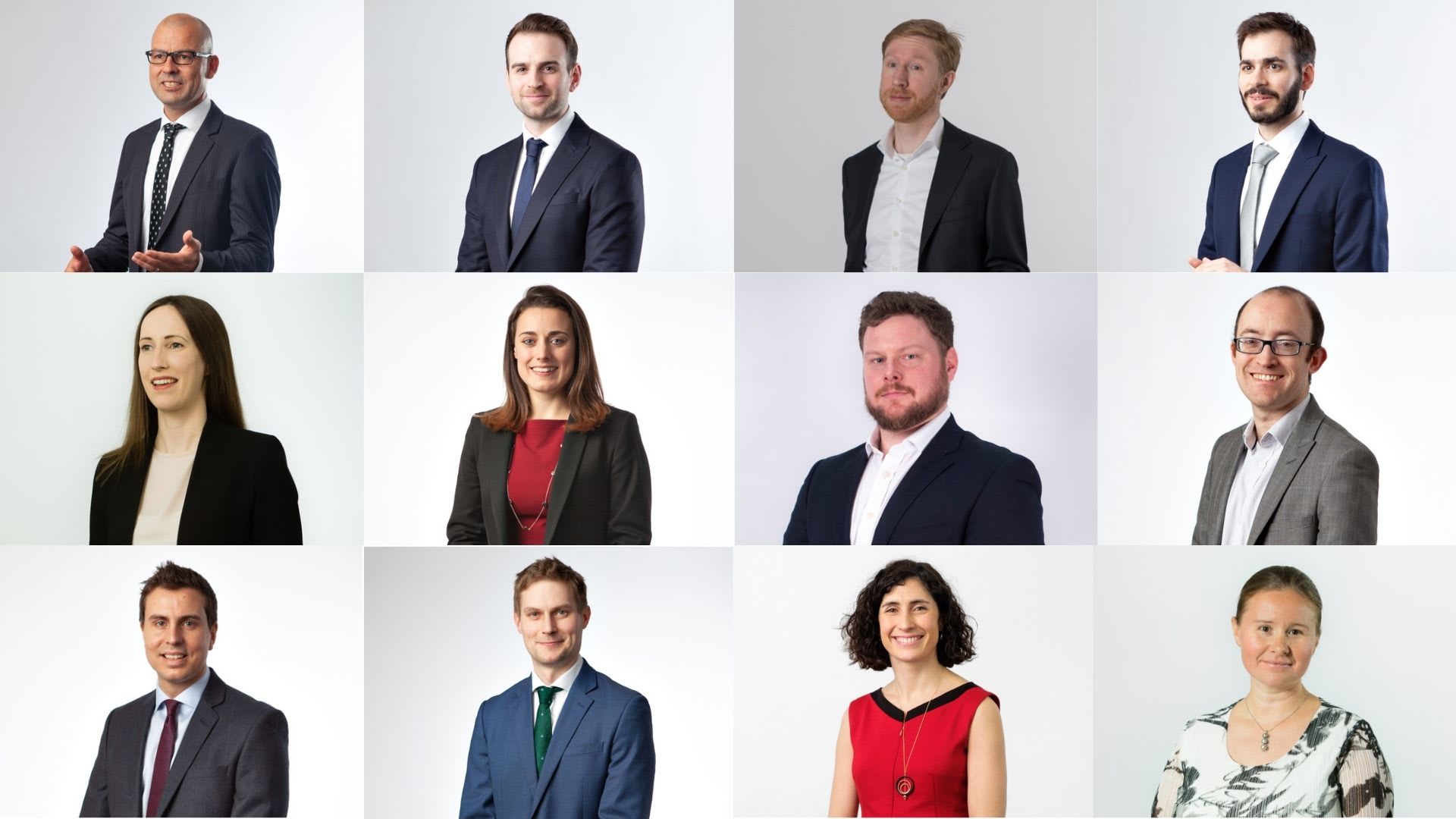News
Investing in Patents for Space Tech: Safeguarding Innovations in the Space Sector
October 2023
The advent of commercial launch capabilities has opened up space as a unique frontier for innovation. However, in space, any acts of patent infringement almost always go unseen. Thus, it’s important to consider the reasons behind patenting innovations intended for space, which is where ground-based protection becomes paramount for businesses.
Currently, space itself, for example, GEO, LEO, or MEO orbits, are not considered a jurisdiction for patent law, meaning any patent applications filed for innovations that are intended to be launched into these orbits, would not protect these innovations from being used by an infringer in situ once deployed. In this sense, the lack of visibility is not, in fact, a roadblock to protecting inventions that are used in space.
Ground-based protection is key.
The main route for protecting such inventions is via the patent laws in jurisdictions on Earth, where the inventions are put into practice on items prior to launch. For example, those patent laws can protect patented products being made, or the use of patented methods of manufacture in the jurisdictions where the innovations are/could be made or imported for launch.
Thus, an important aspect of any intellectual property (IP) strategy that aims to protect such inventions is to understand the landscapes for manufacturing and launch services in this sector. Looking further forward, this paradigm could equally apply to inventions carried out in space, so long as the result ends up on Earth in some way.
Why would a business or inventor seek to patent an innovation to be used in space?
The answer to this lies in what ‘protection’ is offered by a patent. Patents primarily serve to prevent competitors from infringing on a business’s technical innovations. However, to enforce this protection, legal action must be taken against the potential infringer(s) in court.
In rapidly growing sectors such as the space industry, there’s often a reluctance to engage in legal battles with competitors, as it can potentially stifle innovation and business opportunities in a legally hostile environment. For example, surprisingly, less than 2% of patents are ever litigated[1], and patents are valuable for the other roles they can play in adding value to a business, rather than as instruments for litigation.
A patent serves as a useful tool for securing investment. When considering intellectual property for attracting investment, the most apparent benefit is the visibility of a patent, whether it’s a pending application or a granted patent, as an intangible asset. However, we believe one of the key advantages of a patent, even in its basic form, is its ability to facilitate open conversations about a business’s innovative ideas with potential investors, customers, and suppliers.
Ironically, the exclusive nature of patent ownership, where it belongs solely to one entity, enables knowledge sharing. It provides protection for the innovators right from the start. Once a patent application is filed, there’s no need to keep the invention’s details a secret[2]. This enables businesses to freely market their innovation and engage with other stakeholders, such as investors and suppliers, with greater confidence, knowing that the patent application can already act as a deterrent to potential infringers.
Many businesses, including large multinationals, also value patents for their role as deterrents and bargaining tools.
How does this work ?
There are several strands to this. First, is the deterrent aspect.
Owning a patent essentially puts a fence around an innovation that may deter competitors from even initially entering the fenced-off technology area, because it signals that there is a potential risk to them of investing resources in a development that they may not be able to commercially exploit, should the patent owner ever take steps to enforce their rights. This risk comes into play as soon as a patent application is filed, because no one knows for sure what will eventually be granted, and so, early on, the patent application can deter any competitors from entering a particular technology area, or any potential bad actors from deliberately copying an invention.
The patent may also influence the way either existing clients or potential clients interact with the patent-owning business themselves, or a competitor of the business. For example, an existing customer may be less likely to engage with a potential competitor, if a business owns a patent directed to the innovation being provided to the customer. This is a form of commercial ‘client stickiness’ that many businesses seek to nurture. A patent may also encourage new customers to engage with the patent holder, as opposed to a competitor without any patents, both because of a perception that the patent holder may be more innovative and technically proficient than the competitor, but also to manage the risk resulting from the patent’s existence. For example, the risk to the customer of disruption to supply in the event that the competitor may be required to cease their potentially infringing acts were the patent holder to assert their rights.
Furthermore, the patent can also act to level the playing field with other businesses operating in the technology sector. This is because a business having patents may deter other patent holders from bringing actions against that business, even if they consider a business to be stepping on to their fenced-off turf. In such cases, it is not only the deterrent of a counter-suit that may bring those other patent holders to the table but also that any given market can (and usually must, eventually) end up a competitive market. In such cases, the patents owned by each business operating in that market serve as a collective market protection against new entrants. Effectively, it is a case of “you have to be in it, to win it”, and interestingly, this should resonate well in the space industry (where businesses are, after all, all in the Space Race!).
Next, the bargaining chip aspects.
As a form of intellectual property rights, patents can be assigned or licensed, which can directly generate revenue for a business. The ability to license a patented technology may also open up the possibility to negotiate cross-licenses. In this sense, patents can open up opportunities for a wider range of business models. Also, it is to be noted that sometimes the full force of an injunction or finding of damages need not be sought – sometimes it is far better to agree a licensing model seeking reasonable royalty from others implementing the invention. At this level, patent licensing is merely reduced to a ‘cost to do business’, which is a well-understood business consideration.
The power of the patent.
Ultimately, even if a business does not intend to litigate a patent, the advantages provided by a patent, especially within the field of space technology are extensive. It is worth noting that the examples provided above represent only a partial illustration of these benefits.
While often overlooked as a business tool, especially in growing sectors and for start-ups, patents can add value to a business in many ways and can help businesses of all sizes to boldly go, seek out new opportunities, and with certainty!
For more information on how patent protection can help to add value to your space-based business, please contact us at jclarke@hgf.com or vbruce@hgf.com
This article was prepared by European Patent Attorney Victoria Bruce, and Partner and Patent Attorney Jeff Clarke.
[1] (e.g., Lemley 2001, LexMachina 2011)
[2] Although advice should always be sought on an individual basis from your Patent Attorney
































